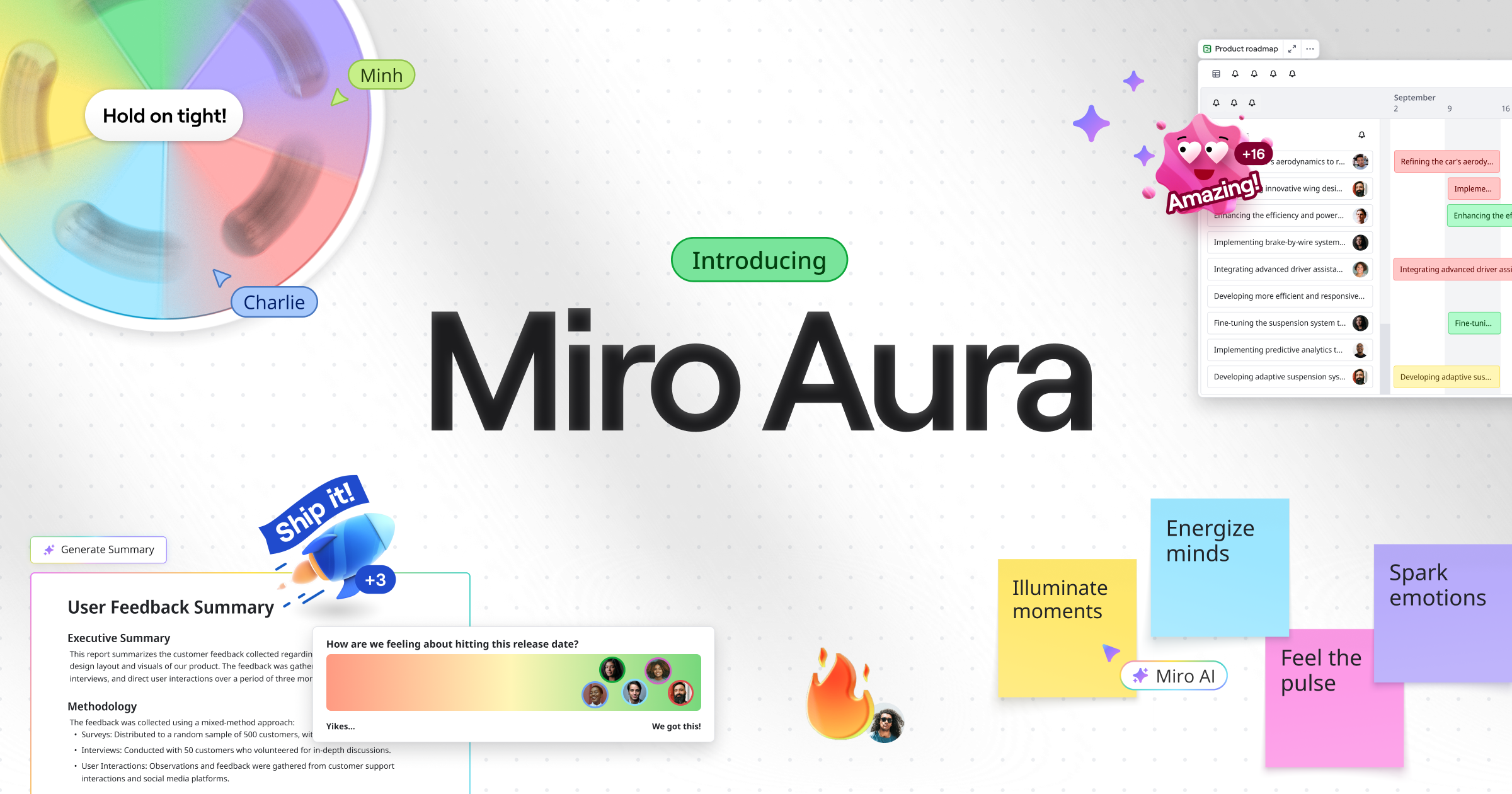If you want to design optimal user experiences, you can’t skip UX research. It provides insight into what users want and need and how they use your product, which ultimately leads to more satisfied customers. Many companies are adopting a user-first approach to product design. But effective UX research can’t be done in a silo — it requires cross-functional collaboration and engagement from stakeholders throughout your organization.
And in the fast-paced world of SaaS companies, constant innovation is king — which means the speed of learning is critical to inform product decisions and stay competitive. Yet in many cases, there simply aren’t enough researchers to cover all areas of the business. According to a NNG study, the typical ratio of researchers to developers is 1 to 50.
That’s where UX research democratization comes in. This practice involves empowering anyone in the organization — armed with the right tools, mindset, and opportunities — to create and consume user research insights so that they can make more informed decisions.
Why democratize UX research?
Democratizing UX research helps companies scale research, gather widespread input, increase efficiency, and strengthen a culture of learning within their organization. It empowers teams outside of UX to discover their own insights, make more evidence-based decisions, and gain empathy for their users, allowing them to better understand what people who use their product are actually thinking, feeling, and observing.
UX research democratization also streamlines decision-making processes and widens data collection by gathering broader and more varied user insights. This, in turn, leads to collaborative innovation: by breaking down silos and harnessing diverse perspectives across teams, democratized UX research drives creativity and product innovation, and can even inform the organization’s strategic direction. As a wide swath of stakeholders working in different areas of the business uncover new insights, they’re more likely to generate new ideas for how to design products that better fulfill user needs and address pain points.
Researchers may be wary of not having full control of the research process, concerned that a more democratic approach could compromise the integrity of the study. While UX teams should continue to apply their expertise to high-risk, high-complexity projects, other forms of research can be more collaborative. With the right process in place, you can maintain high-quality and rigorous research practices to mitigate the risks and reap the rewards of UX research democratization.
Getting started: Steps to democratize UX research
First, embrace a culture of learning and equip your teams with basic UX research skills. Consider creating a repository of guides, playbooks, and templates that cover topics like how to recruit participants and send surveys. This streamlines the collaborative research process and arms non-researchers with new skills and best practices. An asynchronous approach to sharing educational resources can fast-track alignment and reduce touchpoints, allowing your team to move faster.
Get to know your stakeholders just like you would a research participant. Ask them to fill out a research request form that helps you learn more about their project, then follow up with a kick-off interview to dig deeper so you can better understand their level of knowledge, research needs, and pain points.
During the initial interview, it’s important to establish clear guidelines for how you will work together. Use this time to discuss roles and responsibilities and collaborate on a customized research plan. This not only clarifies their level of involvement, it also helps non-researchers better understand the value of UX research and level-sets realistic expectations for what the research can accomplish. It also ensures that non-researchers are adhering to a level of rigor that produces quality data and insights. Depending on their previous experience with UX research, be sure to schedule time for mentoring and coaching throughout the project.
Leverage tools that will foster collaboration, empathy, and easy sharing of insights along the way. For instance, building the research plan in an online visual workspace allows a variety of stakeholders to contribute using verbal, nonverbal, written, and visual tools — like jotting down notes, sharing reactions, or drawing a diagram — making your sessions even more engaging and productive. Whether conducting analyses, developing interactive workshops, or sharing your research findings, these tools allow teams to quickly synthesize and act upon key insights.
Continuously refine your democratized UX research process by creating an iterative feedback loop. Debrief at the conclusion of each project to identify what worked well and where there’s room for improvement. Share an evaluation form with stakeholders to gauge overall satisfaction with the collaborative process and the level of guidance and support they received. And don’t forget to evaluate the quality of the research itself so you can make the next round that much stronger. In the long run, this will lead to an efficient and effective UX research process that allows you to empower more teams and further scale your research.
Become UX research guides, not gatekeepers
The truth is, many stakeholders already have touchpoints with customers and are using these anecdotal accounts to inform their decisions. Rather than being gatekeepers, UX teams can instead become guides, empowering non-researchers with the tools and mindset to conduct quality research with empathy and rigor — ultimately leading to happier users and a stronger, more competitive organization.






